
The Most Important Thing I’ve Learned Since My Daughter Was Diagnosed With Kabuki Syndrome
Kabuki syndrome is a rare genetic disease that can affect your child's facial features, musculoskeletal system and many other organs and body systems. The symptoms of the condition vary widely from child to child, but most have distinctive facial characteristics and skeletal malformations. A genetic mutation in one of two genes causes the.

FileChild with Kabuki Syndrome 04.jpg Wikimedia Commons
Kabuki syndrome is a rare genetic disorder with a range of characteristics, including intellectual disability, distinctive facial features and skeletal abnormalities. Estimates suggest that Kabuki syndrome occurs in about one in every 32,000 births. However, Kabuki syndrome is thought to be underdiagnosed, so it could be more common.
:max_bytes(150000):strip_icc()/KabukiIllustration-2210ff2d7c6348bdaed11e3abfdcfa19.jpg)
Kabuki Syndrome Symptoms, Causes, Diagnosis, Treatment
Kabuki syndrome (KS) is a rare congenital disorder (1/32000 births) characterized by distinctive facial features, intellectual disability, short stature, and dermatoglyphic and skeletal abnormalities. In the last decade, mutations in KMT2D and KDM6A were identified as a major cause of kabuki syndrome. Although genetic abnormalities have been.

Kabuki syndrome clinical and molecular diagnosis in the first year of life Archives of
Kabuki syndrome (KS) is characterized by typical facial features (long palpebral fissures with eversion of the lateral third of the lower eyelid; arched and broad eyebrows; short columella with depressed nasal tip; large, prominent, or cupped ears), minor skeletal anomalies, persistence of fetal fingertip pads, mild-to-moderate intellectual disability, and postnatal growth deficiency. Other.

Kabuki syndrome causes, symptoms, diagnosis, treatment & prognosis
Kabuki syndrome (KS) is a rare syndrome characterized by multiple congenital anomalies and mental retardation. Other characteristics include a peculiar facial gestalt, short stature, skeletal and visceral abnormalities, cardiac anomalies, and immunological defects. Whole exome sequencing has uncovered the genetic basis of KS.

Síndrome de Kabuki EcuRed
Kabuki syndrome is a rare genetic disorder that occurs in around one in 32,000 births. It was first described in 1981 by scientists Norio Niikawa and Yoshikazu Kuroki who observed several children with similar characteristics. Kabuki syndrome is also known as KMS or Niikawa-Kuroki syndrome. Children with Kabuki syndrome may have a number of.
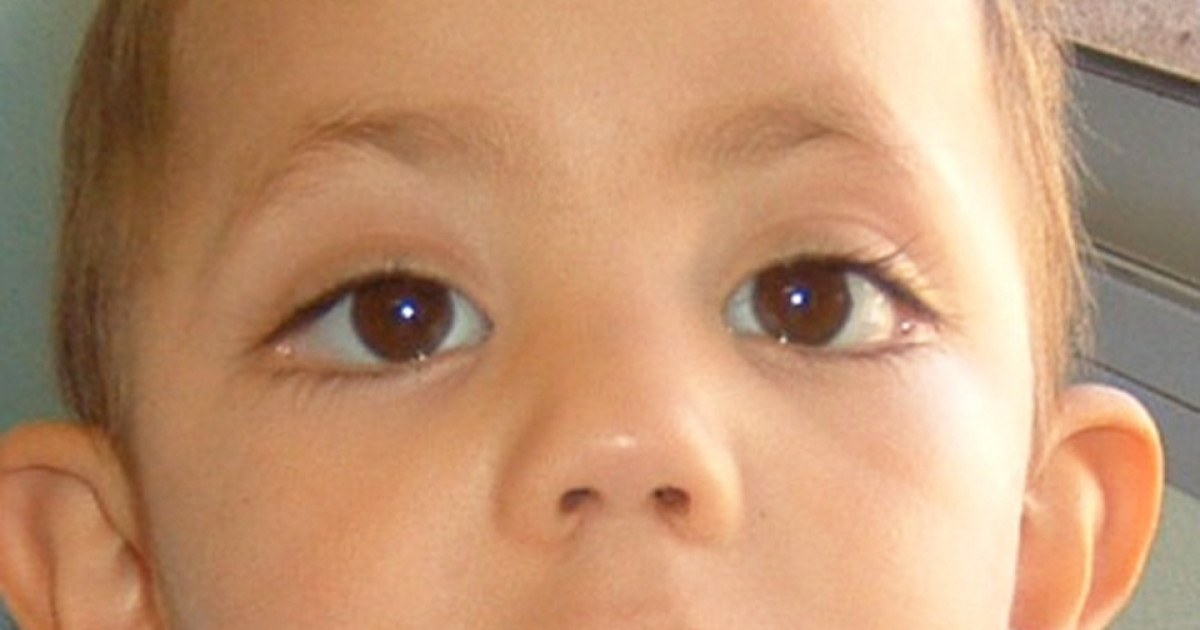
Síndrome de Kabuki síntomas, causas y tratamiento
Most caregivers ( n = 54, 94.7%) were female and the average age of caregivers was 40 years old (range: 21-64). Caregivers reported they had both male ( n = 29, 50.9%) and female ( n = 28, 49.1%) children, with their child's age ranging from one to 32 years ( x¯ = 9). Most caregivers ( n = 54, 94.7%) reported their child was diagnosed with.

(PDF) Kabuki Syndrome with Cleft Palate
Kabuki syndrome is a rare, multisystem disorder characterized by multiple abnormalities including distinctive facial features, growth delays, varying degrees of intellectual disability, skeletal abnormalities and short stature. A wide variety of additional symptoms affecting multiple different organ systems can potentially occur.

Facial features of Kabuki syndrome patients . Representative images of... Download Scientific
PMC is a free full-text archive of biomedical and life sciences literature at the U.S. National Institutes of Health's National Library of Medicine. This article reviews the imaging features of Kaposi sarcoma, a rare vascular tumor associated with immunosuppression, and discusses the differential diagnosis and management options.
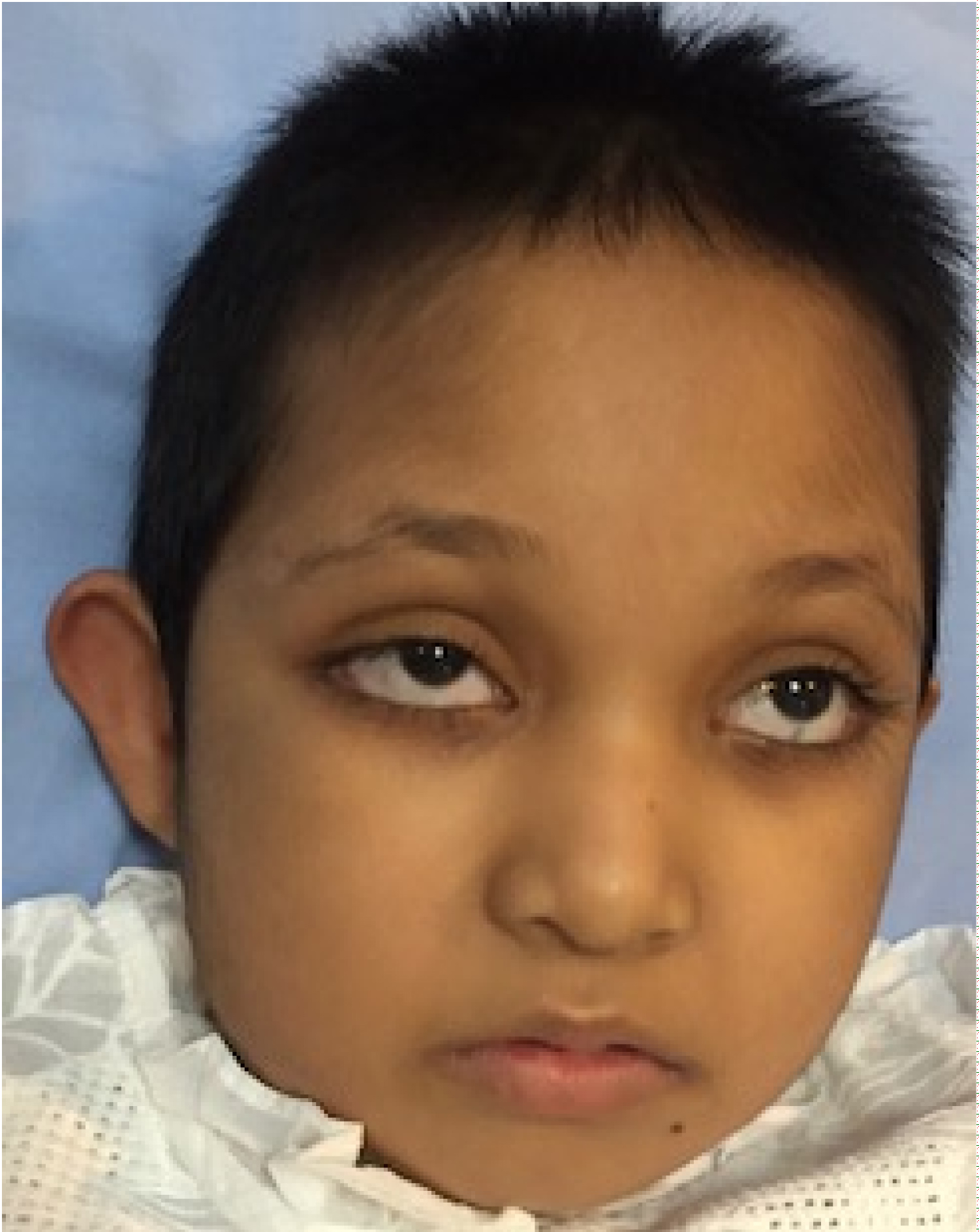
Kabuki Syndrome A Rare Multisystem Disorder in Bangladesh
Kabuki-Syndrom. Das Kabuki-Syndrom (früher auch Niikawa-Kuroki-Syndrom oder Kabuki-Make-up-Syndrom genannt) ist eine sehr seltene angeborene Krankheit, welche aus einem Gendefekt resultiert. [1] Der Name leitet sich von Kabuki, einer traditionellen japanischen Form des Theaters, ab, da die betroffenen Patienten spezielle Gesichtsmerkmale.
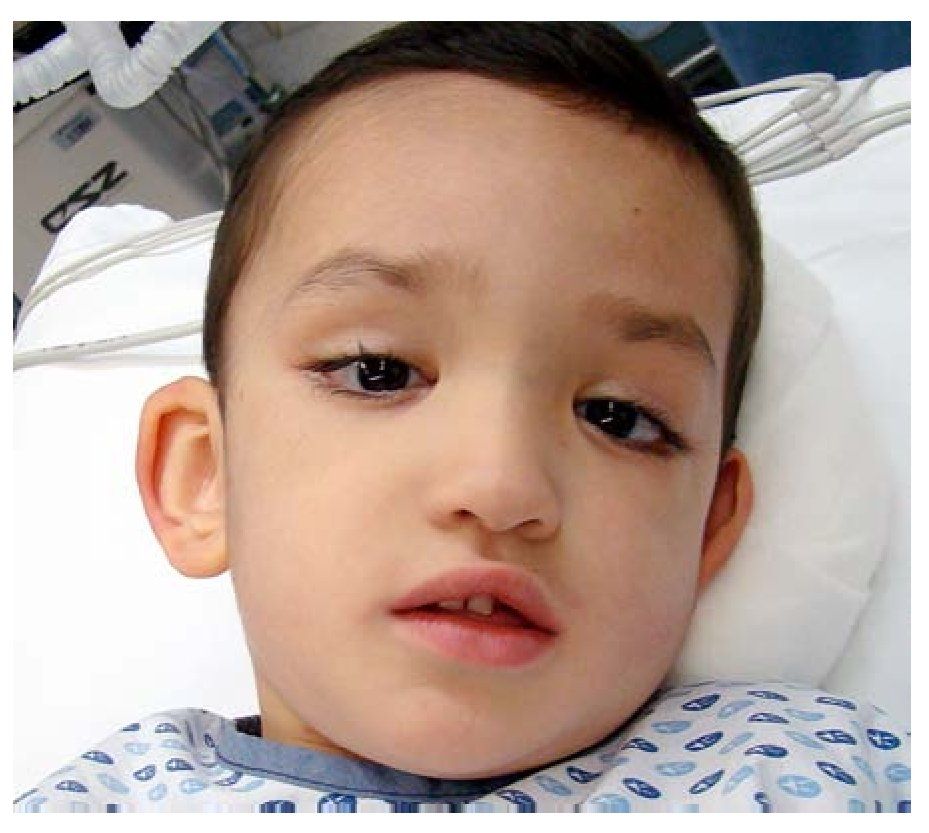
Síndrome de Kabuki Reporte de Caso y Revisión de la Literatura NetMD® Connect Healthcare
Kabuki makeup syndrome (KMS) was described in Japanese children by Kuroki, Niikawa et al. in 1988. [ 1] The name comes from the makeup of actors in Japanese traditional play "Kabuki" to which the facial features resemble. A definitive diagnosis of KMS was made in the present case based on criteria laid down by International consensus.
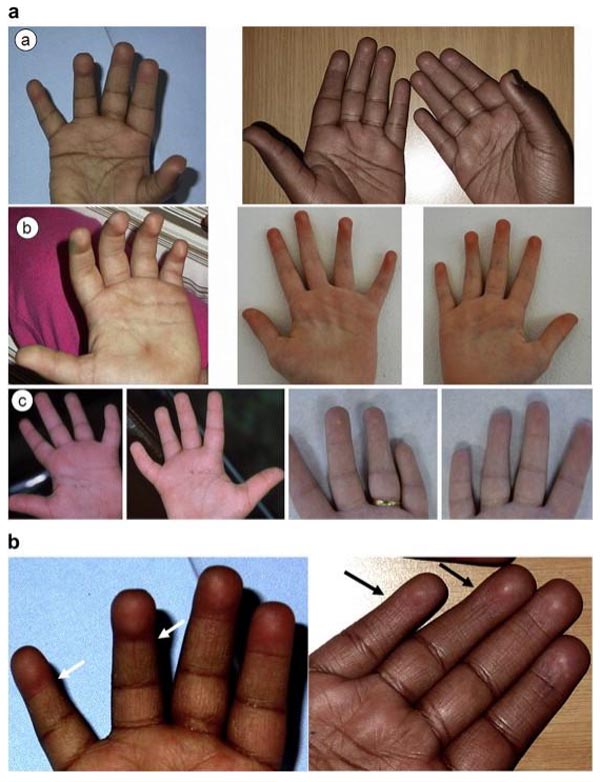
Hand Charts for Kabuki Syndrome!
Introduction. Kabuki syndrome (KS, OMIM # 147920 and 300867) was firstly described by Niikawa and Kuroki [1-3] and, over the years, has become a well-recognized multiple congenital anomaly/intellectual disability (ID) disorder.The incidence of KS is about 1/32,000 of live births [].The lysine (K)-specific methyltransferase 2 family (KMT2 A-E), originally named the myeloid/lymphoid or mixed.
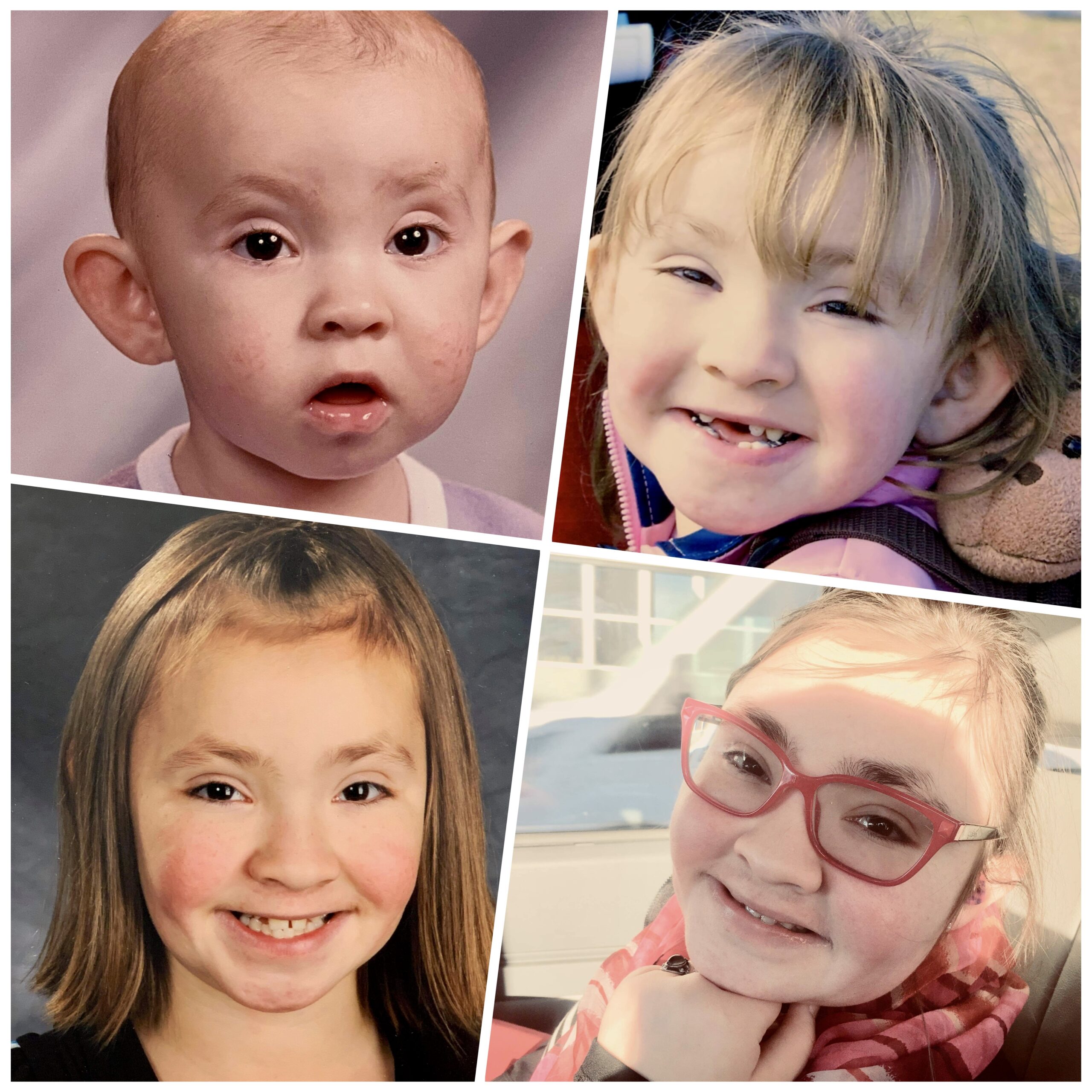
Kabuki Syndrome A Touch of Ausome
Kabuki syndrome is a rare disorder that affects multiple parts of the body. It is present from birth. Specific symptoms and severity can vary.

The patient shows the typical facial features of Kabuki syndrome, such... Download Scientific
Kabuki syndrome (KS) is a rare multisystemic disease due to mutations in the KMT2D or KDM6A genes, which act as epigenetic modulators of different processes, including immune response. The syndrome is characterized by anomalies in multiple organ systems, and it is associated with autoimmune and inflammatory disorders, and an underlying immunological phenotype characterized by immunodeficiency.

kabuki syndrome Syndrome, Nursing school, Kabuki
4 min read. Kabuki syndrome (KS) is a rare condition that affects multiple parts of the body. The name comes from the facial features typical of those with the disorder. They often have high.
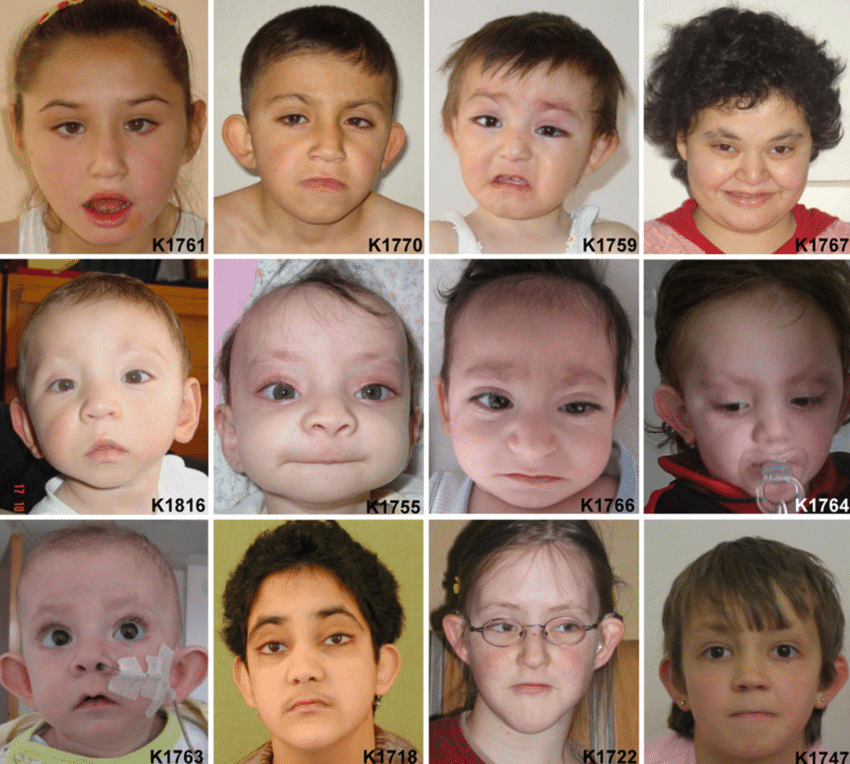
Kabuki Syndrome A Touch of Ausome
Kabuki syndrome is a rare genetic condition that affects multiple systems in the body. Symptoms vary from person to person and can range from mild to severe. There's no cure. Treatment is aimed.